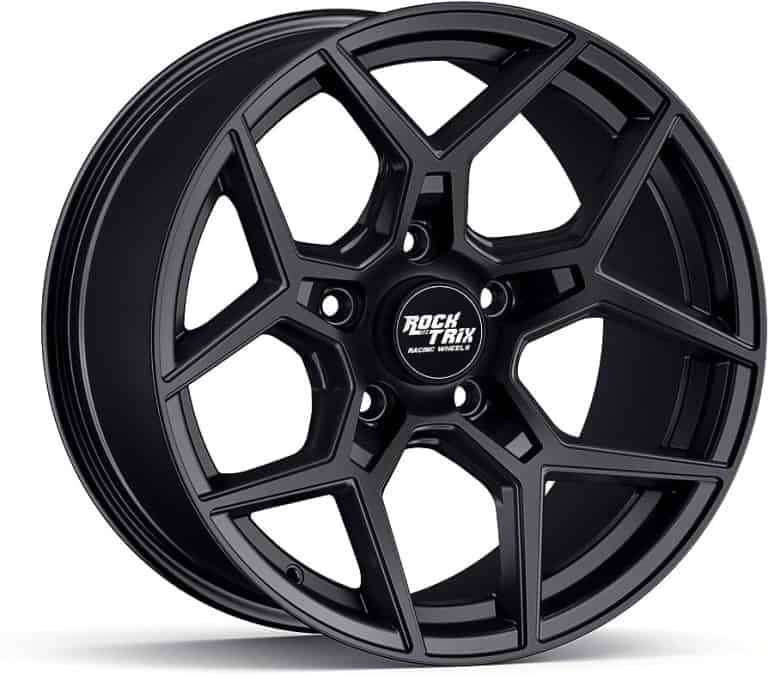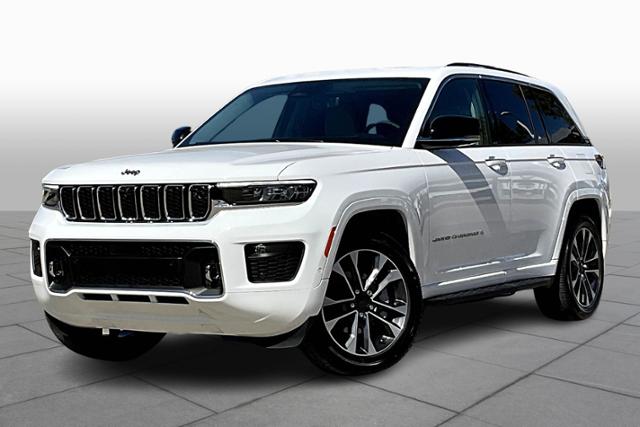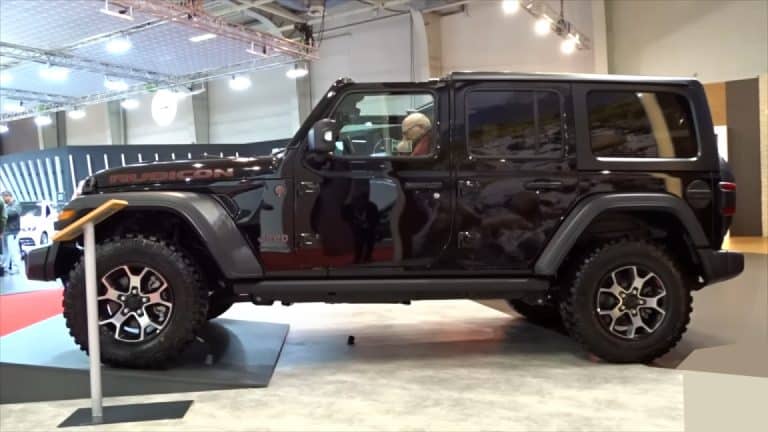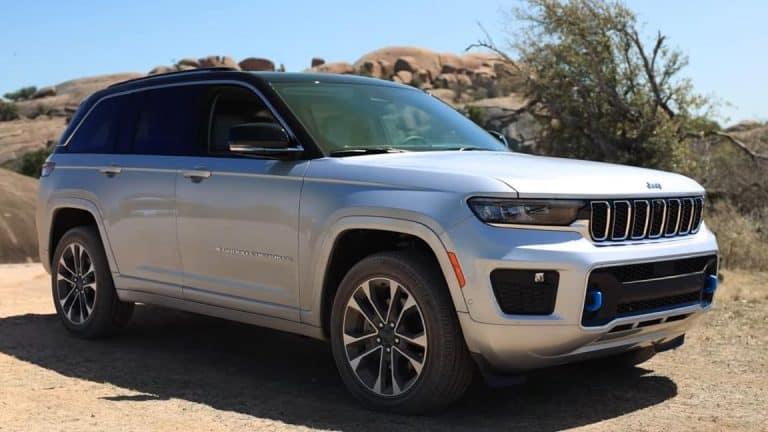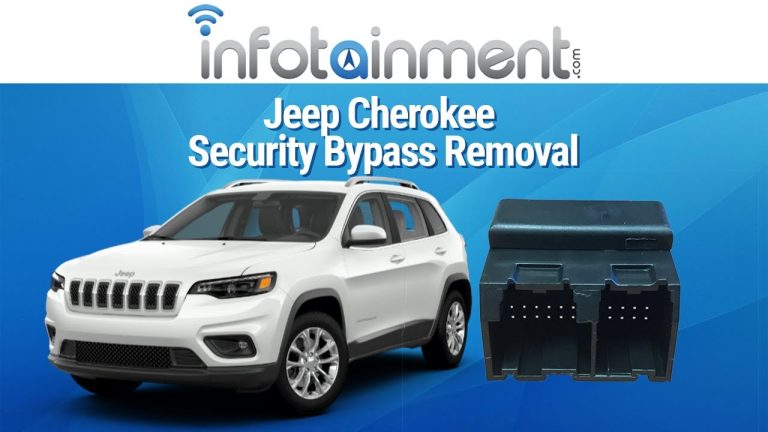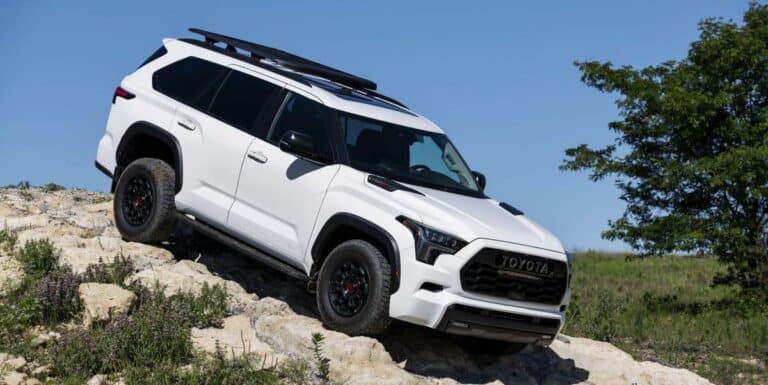Do I Need To Regear My Jeep With 35s: Is It Really Necessary?
Regearing your Jeep is necessary if you plan to use 35-inch tires. Increasing the tire size of your jeep affects its gear ratios and drivability.
Without proper gearing, you may experience a decrease in power and acceleration. This can cause strain on your engine and transmission, potentially leading to costly repairs. Regearing your jeep helps to maintain its performance and improve fuel efficiency. It also allows for better off-road performance, making climbing steep inclines and navigating rough terrain easier.
In this article, I will discuss do I need to regear my Jeep with 35s. A professional mechanic can help determine the appropriate gear ratio for your jeep and install the necessary components. So, scroll down.

Credit: www.reddit.com
Understanding Gear Ratios
If you’re considering upgrading your jeep’s tire size to 35 inches, you may need to regear your vehicle. This is because it’s crucial to have the right gear ratio to match your tire size to ensure optimum power delivery, acceleration, and overall performance.
Understanding gear ratios is essential to make the right decision.
Explanation Of Gear Ratios
Gear ratio is the relationship between the number of teeth on the ring gear and the pinion gear in the differential. In simple terms, it’s the difference between revolutions of the driveshaft and wheels. The numerical value of a gear ratio indicates how many turns of the driveshaft are required to turn the wheel one full revolution.
For example, a 4. 10 gear ratio means that the driveshaft rotates 4. 10 times to make the wheels turn once.
How Gear Ratios Affect A Jeep’S Performance
Gear ratios significantly impact a jeep’s performance, especially when you upgrade to larger tires. If the gear ratio is too low, it’ll be difficult to accelerate and provide enough power to climb steep hills or rocks. On the other hand, a higher gear ratio will reduce your jeep’s top speed, affecting fuel economy and highway performance.
Importance Of Choosing The Right Gear Ratio For Specific Tire Sizes
Choosing the correct gear ratio is essential for optimal performance and preventing damage to your jeep’s drivetrain. If you don’t match the gear ratio to your tire size, it’ll stress the transmission, drive shaft, and axles unnecessarily, leading to mechanical failures and costly repairs.
By regearing your jeep, you can ensure the engine is always in the power band and deliver maximum torque to the wheels.
Examples Of How Gear Ratios Affect Driving And Performance
To get a better idea of how gear ratios affect driving and performance, let’s take a look at some examples:
- With a stock gear ratio of 3.73 and stock tire size of 31 inches, your jeep can comfortably run at highway speeds and climb hills without much effort.
- If you upgrade to 35-inch tires without regearing, your jeep’s engine will struggle. A higher gear ratio of at least 4.56 will provide better off-road performance and fuel economy.
- If you mostly drive on the highway and occasionally hit the trails, a gear ratio of 4.10 would balance acceleration and top speed while still providing enough crawling power.
Understanding gear ratios is critical to improving your jeep’s performance and longevity. It’s essential to take into account your driving style and intended use to select the appropriate gear ratio when upgrading your tire size. Don’t forget to consult with a professional mechanic to ensure a safe and effective regearing process.
Regearing For 35S: All You Need To Know
Are your jeep’s tires getting worn out? Do you want to upgrade them to 35s? If yes, then you may need to regear your jeep. Regearing is an essential process that helps to adjust the gear ratio and accommodate your jeep’s bigger tires.
This article will provide you with all the essential information you need to know about regearing for 35s.
Choosing The Right Gear Ratio For 35S
Choosing the right gear ratio for your
- Your jeep’s weight, engine size, and transmission type
- The terrain you will be driving on, whether it’s off-road or on-road
- Your driving style and whether you want to sacrifice speed for power
Benefits Of Regearing For 35S
Regearing for 35s offers many benefits to your Jeep’s performance. Here are some of the key benefits of regearing:
- Improved power and acceleration: Regearing will help your jeep produce more power and accelerate faster.
- Better fuel efficiency: Regearing can yield better gas mileage because your engine won’t have to work as hard.
- Reduced strain on your engine and transmission: Regearing helps to reduce the strain on your engine and transmission, making them less prone to damage.
- Enhanced reliability: Regearing helps to make your jeep more reliable, especially when off-roading.
Common Issues When Upgrading To 35S And How Regearing Can Help
Upgrading to 35s can cause several issues for your jeep. Here are some common issues you may face and how regearing can help:
- Speedometer calibration issues: The larger tires will affect your jeep’s speedometer. Regearing can help you to recalibrate the speedometer to get accurate readings.
- Braking problems: The bigger tires will make your jeep take longer to stop. Regearing will help to improve braking performance and reduce stopping distances.
- Loss of power: Upgrading to 35s can cause a loss of power and acceleration. Regearing can help to restore lost power and acceleration.
Comparison Of Different Gear Ratios
Different gear ratios are available for upgrading to 35s. Here’s a comparison of some of the most popular gear ratios:
- 4.10: 1 – best for daily drivers and off-roaders who do a lot of highway driving
- 4.56: 1 – ideal for off-roaders who do a lot of crawling and rock climbing
- 4.88: 1 – best for the extreme off-roaders who need maximum performance
Cost Considerations And Factors To Keep In Mind When Regearing
Regearing can be a costly process. Here are some cost considerations and factors to keep in mind:
- Labor costs – the labor cost depends on the mechanic you choose to do the job.
- Gear ratio – the cost of the gear ratio will differ depending on the brand and type you choose.
- Axle upgrades – upgrading your axle may be necessary, which can be an expensive process.
- Tires – upgrading to 35s can be expensive, and you need to factor in the cost of new tires.
Regearing your jeep is an essential process if you want to upgrade to 35s. Make sure you choose the right gear ratio, consider the benefits, the common issues, and the cost factors before you make the decision to regear.
The Diy Approach Vs. Professional Installation
Pros And Cons Of Diy Installation
Although doing things yourself can be fulfilling and cost-effective, regearing a jeep can be a tricky business. It’s important always to weigh the pros and cons of diy approach before deciding whether to proceed. Here are some factors to consider:
- Pros:
- The cost savings from doing it yourself can be significant.
- You can customize the process to meet your specific needs and preferences.
- You gain a sense of accomplishment from completing the project independently.
- Cons:
- Regearing your jeep can be complicated and time-consuming, requiring a significant time investment.
- Without specialized knowledge and equipment, the diy route can be risky and may lead to mistakes.
- The learning curve for the process can be steep, and there is a risk of causing damage to your vehicle.
What To Expect When Installing A Regearing Kit
If you decide to pursue diy installation of a regearing kit, it’s essential to know what you’re getting into. Here are some of the things you should expect during the installation process:
- You will need to have detailed knowledge of your jeep’s wheel specifications and gearing configuration.
- You will need specialized tools that are specific to the installation of a regearing kit.
- You will need to follow the manufacturer’s instructions precisely and avoid mistakes carefully.
- The process can be time-consuming and may require multiple sessions to complete.
- Proper adjustment of the gear mesh and backlash settings is critical for optimal performance.
Benefits Of Professional Installation And What To Look For In A Reliable Installer
Regearing your jeep is a complex process that requires precision and specialized knowledge. In many cases, it can be best to hire a qualified mechanic with experience in jeep regearing to ensure the best possible outcome. Here are some of the benefits of professional installation:
- Professional installation ensures expert knowledge and skill for a high-quality outcome.
- The installer has specialized tools and equipment on hand to ensure precision and accuracy.
- You can depend on a professional installation process to identify and correct any issues with your jeep’s gearing configuration.
When searching for a reliable installer, here are some qualifications to consider:
- Look for an installer with in-depth knowledge and experience in jeep regearing.
- Find an installer who has excellent customer reviews and recommendations.
- Look for an installer who provides a clear and detailed cost estimate and timeline for their services.
Cost Comparison Of Diy Vs. Professional Installation
One of the most significant factors in deciding whether to pursue a diy or professional installation of a regearing kit is the cost. Here’s a breakdown of the expenses involved in each approach:
- Diy installation:
- Regearing kit: $400-$600
- Specialized tools: $300-$500
- Total cost: $700-$1100
- Professional installation:
- Regearing kit: $400-$600
- Installation: $800-$1200
- Total cost: $1200-$1800
While DIY installation may be cheaper on the surface, it’s important to keep in mind the risks, and potential for mistakes, as well as your available time and expertise. Ultimately, investing in a professional installation may lead to a quicker and better-quality outcome.
Frequently Asked Questions For Do I Need To Regear My Jeep With 35S
Will Driving A Jeep With 35S Affect Its Performance?
Yes, for optimal performance, regearing may be necessary, especially for off-road driving.
What Is Regearing A Jeep With 35S?
Regearing involves changing the gear ratio of the jeep’s differential to compensate for larger wheels.
How Will Regearing My Jeep With 35S, Affect Fuel Economy?
Regearing can improve fuel efficiency on highways, but fuel mileage may decrease in stop-and-go traffic.
How Much Does Regearing For 35S Cost?
The price of regearing will depend on various variables such as location, labor fees, and equipment required. Generally, it can range from $800-$2500.
What Are The Benefits Of Regearing A Jeep With 35S?
Regearing your jeep for 35s can improved power and acceleration, off-road performance, fuel economy, and overall driving comfort.
Conclusion
After conducting a thorough review of the benefits and drawbacks of regearing your jeep to accommodate 35s, the answer to the question “do i need to regear my jeep with 35s? ” Is that it depends on your individual situation.
While some jeep owners may find that regearing is necessary for optimal performance and fuel efficiency, others may not notice a significant difference. It is important to consider factors such as your jeep’s weight, driving style, and preferred terrain before making a decision.
Ultimately, regearing your jeep can be a substantial investment, but it can also provide you with a more enjoyable and capable off-road experience. If you decide to move forward with a regear, it is important to work with a reputable mechanic to ensure that it is done correctly.
By carefully weighing your options and making an informed decision, you can enjoy all that your jeep has to offer on even the toughest terrain.


